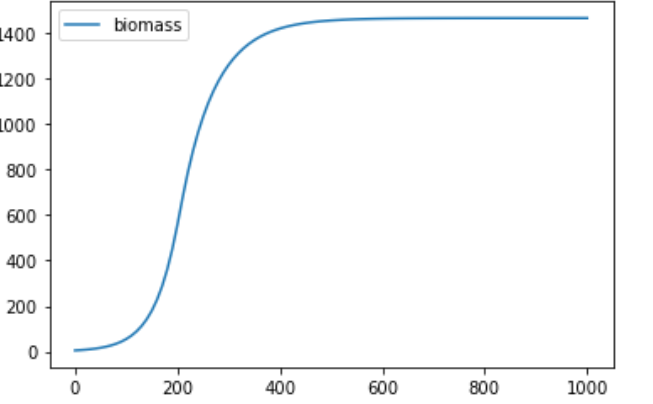When I was first applying to LAKES, one of things that stuck out to me most was how it takes an interdisciplinary approach to a problem that could easily be reduced to a biological process, phosphorus pollution. As someone studying Biology and Global Health, I have grown to appreciate the interlocking nature of biology, psychology, engineering, anthropology, and math. From these two weeks, it is already clear that to provide valuable solutions to these problems, there needs to be communication between all invested parties including farmers, conservationists, engineers, policy makers, and more. Learning about how best management practices can improve water quality is one thing but hearing from local farmers about what this means in practice added some much-needed context to understand the difficulties of implementation and why it’s not always an easy choice to make. It has been great to be working so closely with people from many different disciplines and learn about phosphorus pollution from several different dimensions.
This summer, I will be on the anthropology team lead by Dr. Tina Lee. My focus will be researching the Colfax Red Cedar Preserve and Recreation Area, which is about a 25-minute drive from Menomonie. My aims are to figure out the history of this land, how people are engaging with this land now, and what visions people have for future land use. As a preserve along the Red Cedar River, upstream of Lakes Menomin and Tainter, this preserve is one of many conservation sites that could help reduce nutrient pollution at the watershed scale. By taking an anthropological approach to this issue, I am hopeful that the recommendations for land management and recreation that arise will balance the ecological and social needs of this area well.
Of course, in order to do this research, I wanted to see the preserve. On Friday on week 1, I drove to the preserve with my two other anthropology team members to check it out. It was a very quiet and peaceful place with a lot of obvious signs of care. On the welcome board, there was a list of all the wildlife that had been spotted on the preserve recently. While I haven’t started interviewing for my project yet, we had the pleasure of encountering a group of three deer walking along the Red Cedar River and I chatted with them for a bit.
 |
| Deer mom with her two kiddos taking a walk along the Red Cedar River |
While this is an intensive program, there have still been plenty of opportunities to get out and explore the area. On the first night I arrived, the LAKES folks went out to dinner at Lucette, where we had amazing pizza. Then, on Tuesday, I went to my first pie and ice cream night at Wilson Park. It was lovely to sit on the grass and listen to some tunes while eating pecan pie. Best of all, when it was over the pie sellers had a lot of treats left over so they were giving them away for free! Me and some of the other REU students were happy to take back a few boxes of pie, cookies, and muffins to share with the rest of the dorm. Over the weekend, there was also time to take a trip to The Bottoms, a nearby beach. It was so nice to spend time outside with folks and see another spot that’s a local favorite. I look forward to attending many more community events and learning about all the hidden gems that this area has to offer.






